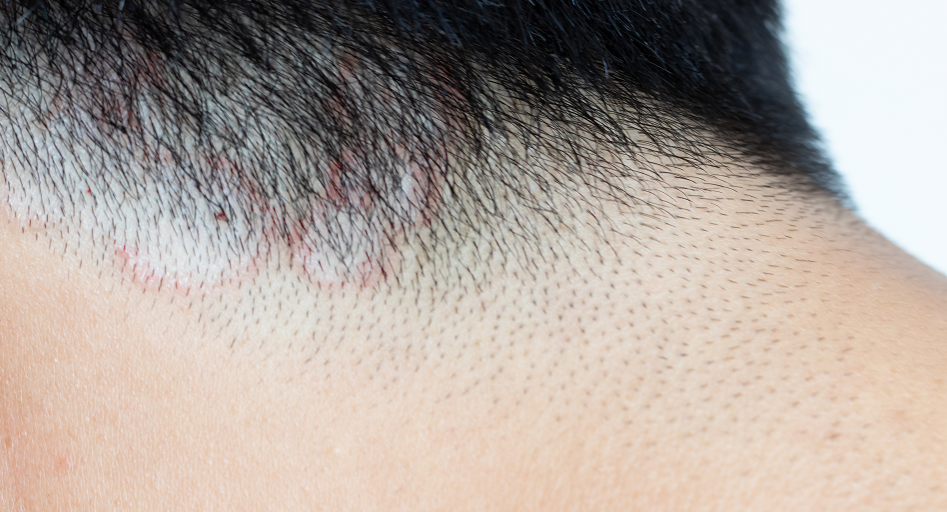Degenerative aortic stenosis is the valve disease that most frequently requires surgical or percutaneous treatment in Europe.
The structural valve interventionism has increased exponentially in recent years, in fact the prevalence of heart valve diseases increases with age; so much so, that close to one in eight people aged 75 or more suffers from moderate or significant valve diseaseas pointed out by experts on the occasion of the annual congress of the Association of Interventional Cardiology of the Spanish Society of Cardiology (ACI-SEC).
As it explains Lluís Asmaratscardiologist at the Hospital de la Santa Creu y Sant Pau in Barcelona and speaker at the congress, degenerative aortic stenosis is the valve disease that most frequently requires surgical or percutaneous treatment in Europe, followed by mitral regurgitation.
“The TAVI (percutaneous aortic valve implantation) has been established as the treatment of choice for degenerative aortic stenosis following 75 years of age, although it can also be considered in high-risk surgical patients regardless of age,” details the cardiology specialist.
The main benefit of valve interventionism lies in its minimally invasive nature. “Many of these procedures are performed under local anesthesia and sedation, with percutaneous vascular closure, which in many cases allows early discharge in 24 or 48 hours and, without a doubt, a faster recovery for patients,” explains Asmarats.
The treatment of choice for aortic stenosis
Besides the TAVIwhich has become the Treatment of choice for patients with aortic stenosis aged 75 or olderOther advances stand out. In mitral interventionism, edge-to-edge repair has been shown to reduce mortality in patients with functional mitral regurgitation and has become an additional element in the management of patients with advanced heart failure.
Also, the first cases of transfemoral mitral valve replacement (entirely percutaneous) with very promising results. And there has been a growing interest in the transcatheter Tricuspid Valve Treatment, classically undertreated disease because it is considered a benign entity and with unfavorable surgical results, with a wide range of percutaneous options and promising results.
Non-valvular structural interventionism
On the other hand, the doctor Luis Nombela, cardiologist at the Hospital Clínico San Carlos, will review the latest developments in non-valvular structural interventionism. “In this field, the etherapeutic strategy The most developed has been the percutaneous closure of the left atrial appendage because new technical advances and new devices have appeared that have allowed us to be more efficient in terms of the percentage of patients who can undergo this procedure and, above all, reduce the number of complications and obtain a better result without leaving leaks”, explains the cardiologist.
The percutaneous closure of the left atrial appendage It is performed mainly in elderly patients who have atrial fibrillation, the most prevalent arrhythmia in the general population, and bleeding problems. It is a therapeutic alternative to oral anticoagulation to prevent stroke in patients who have problems taking anticoagulant drugs.
For Nambella, the main challenge in this field it will be “extend the indications to patients who have not had previous bleeding or with not so high hemorrhagic risk”. In the field of non-valvular structural interventionism, the cardiology specialist also highlights the progress of interventionism in pulmonary thromboembolism.
“There are new devices that make it possible to be more efficient when it comes to extracting thrombi from the pulmonary vascular tree and in the coming years there will probably be pilot studies to demonstrate the advantages of these devices,” he adds.
Although it may contain statements, data or notes from health institutions or professionals, the information contained in Medical Writing is edited and prepared by journalists. We recommend the reader that any questions related to health be consulted with a health professional.

